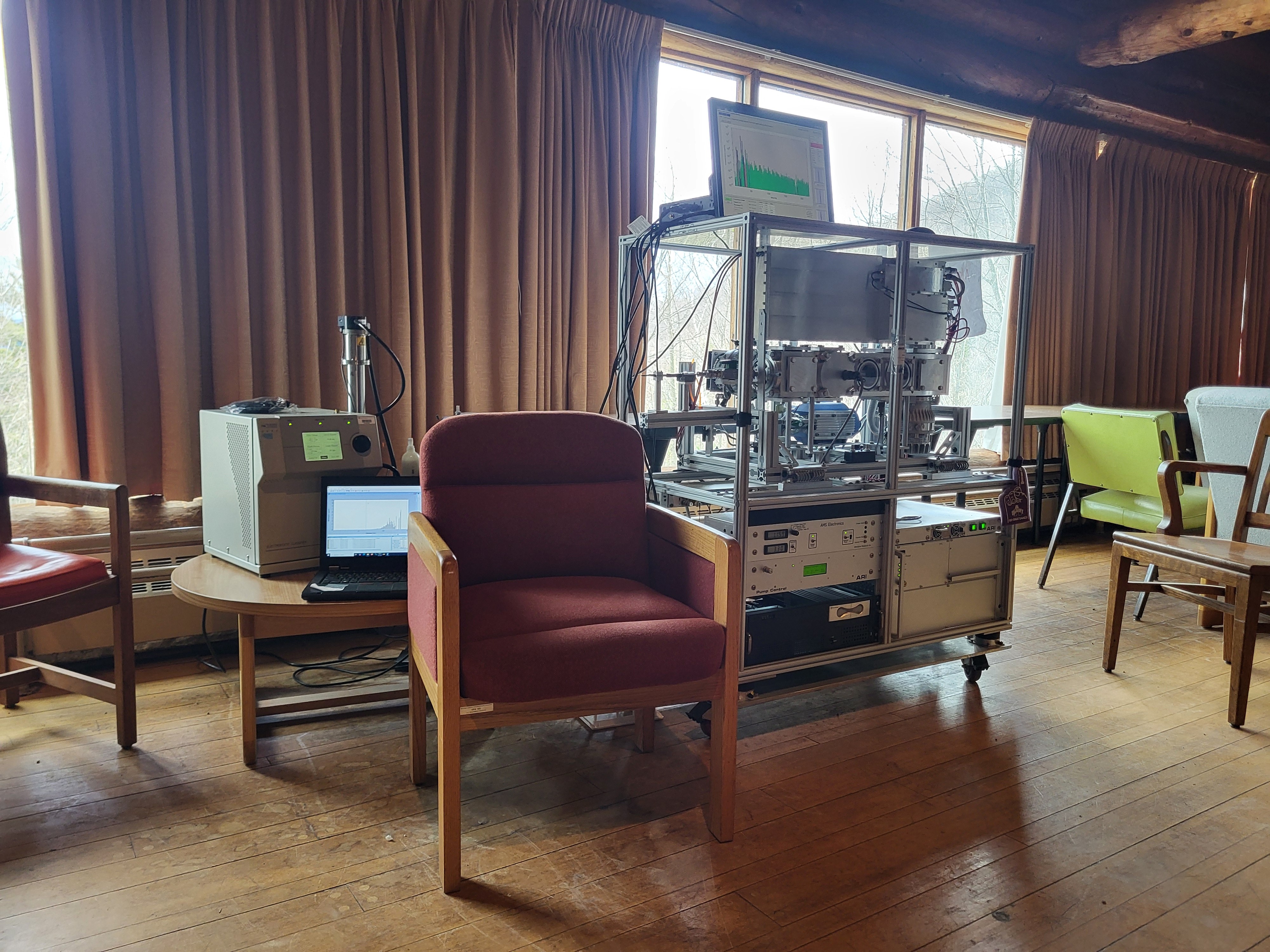Micro/Nanoplastics and PFAS
Plastics are relatively stable materials made of long-chain polymers and additives. While there is a wide range of what can be considered plastic, some of the most common compounds are polyethylene (PE), polypropylene (PP), polystyrene (PS), polyvinylchloride (PVC), and polyethylene terephthalate (PET). They are made into a wide array of everyday products (e.g., bags, containers, films, tubing, etc.) which are used ubiquitously by populations across the globe. These stable products, however, are subject to multiple methods of degradation when exposed to the environment. Since the vast majority of plastics in circulation cannot be recycled, they are littered or placed in landfills, where they break down into increasingly smaller particles known as microplastics and nanoplastics (MNP). A significant amount of research has been conducted on MNP pollution in marine and agricultural environments, but relatively little has been targeted at MNP in the atmosphere.
PFAS (per- and polyfluoroalkyl substances) are known as "forever chemicals" because of their resistance to chemical breakdown due to the strength of their carbon-fluorine bonds. They are closely related to plastic polymers, as they can be used in the manufacturing process of plastics. More importantly, some PFAS are made by perfluorinating HDPE. PFAS have been around for almost as many decades as MNP, but we are first realizing their prevalence in the surface environment and the atmosphere. The nature of their health impacts are still under investigation.
